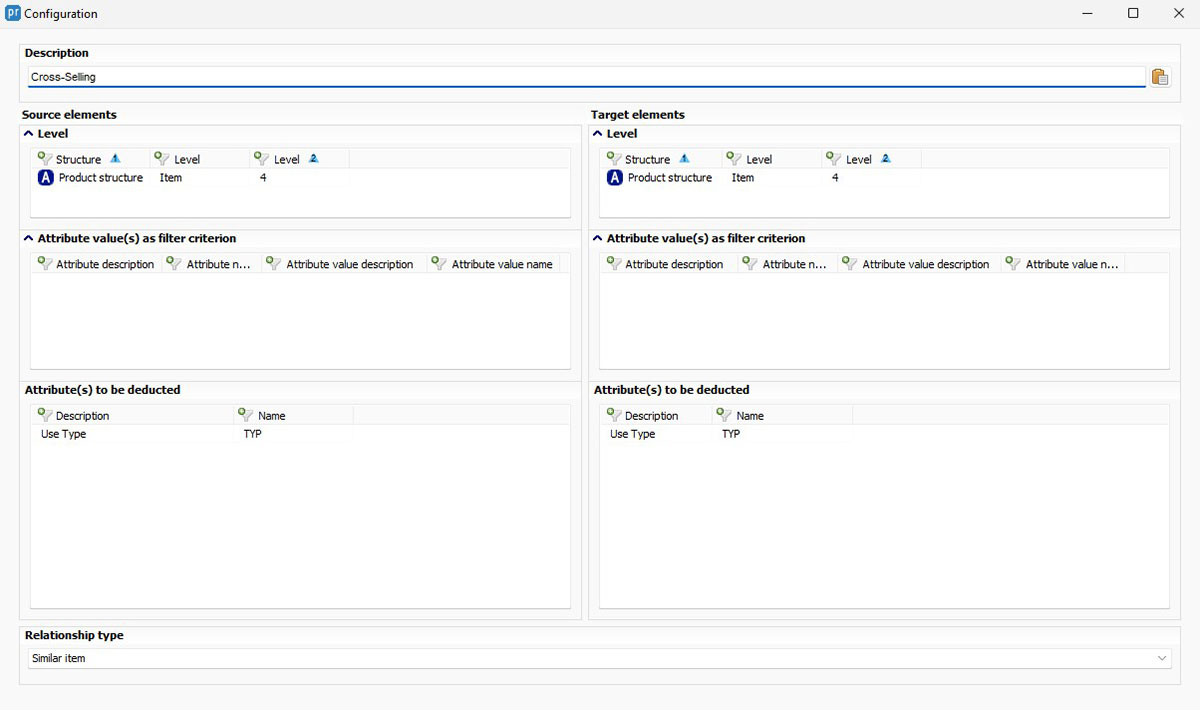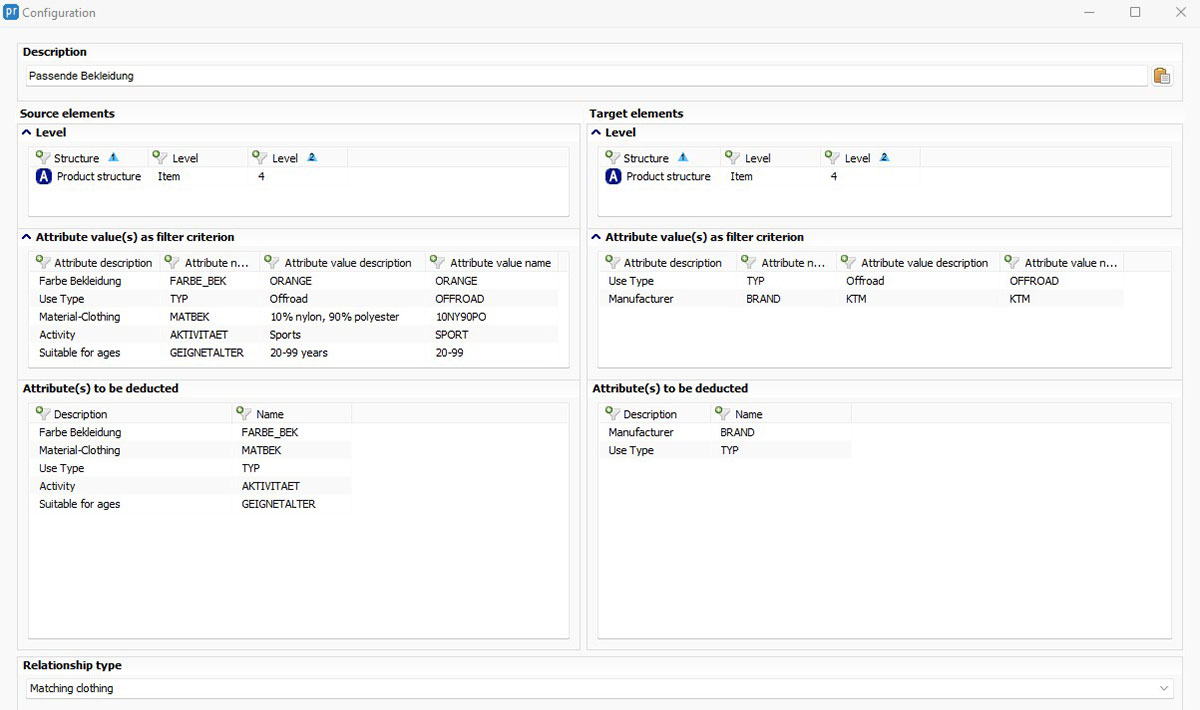
Automatic referencing
Efficient data management made easy
Managing large amounts of data often presents companies with challenges, especially when it comes to linking articles, media and texts. This is because it is complex and time-consuming. The Product Information Management (PIM) system from crossbase offers the option of "automatic referencing" to simplify data maintenance.
Efficient data management
The crossbase database enables the flexible linking of all stored information. This linking is known as referencing. To ensure data consistency, it may only exist once in the database. This ensures that they are up-to-date, uniform and correct.
However, the data is required for various output channels, such as electronic catalogs, a store or a printed brochure. These output channels are created in crossbase. The data is linked there via referencing instead of being copied and thus duplicated. Although they are visible in the directory and can be output, they are actually stored neutrally in the database. A change to an image or text has an immediate effect on all output channels if referencing exists.
The advantages are obvious:
- No duplicate data maintenance
- less time required
- fewer errors
- up-to-date data and consistency
With large amounts of data, however, it is time-consuming to maintain the referencing manually. Automatic referencing from crossbase makes this effort easier for users.
Intelligent referencing based on attributes
Automatic referencing automatically creates references based on predefined attributes (e.g. color, length or price). These are only created if the predefined conditions are met for both the source and target elements.
crossbase offers two options for automatic referencing:
1. Simple referencing
This approach defines the attributes that have the same attribute value for both the source and target elements. The attribute values do not have to be specified explicitly, as referencing only takes place if they are identical. This method makes it possible to record a larger number of links and reduces the number of configurations required.
Example 1 "Cross-selling": By referencing similar items, the crossbase PIM system supports cross-selling by suggesting suitable items to the customer. The "Use type" attribute is searched for on the source and target element. If the value (e.g. terrain) is identical, items with this attribute are referenced to other items with an identical attribute (terrain). Simple configurations can therefore be used to link related or complementary items quickly and without manual intervention.
2. Extended referencing
Extended referencing enables more complex linking options thanks to a more detailed configuration. In addition to the attributes, the attribute values are explicitly defined to ensure referencing between different elements with different characteristics.
Example 2 "Suitable clothing": The selection of suitable clothing for a motorcycle depends on various criteria. These include properties such as color, material or type of use of the clothing. These are defined at the source element (clothing). Automatic referencing only takes place if the corresponding characteristics such as manufacturer and type of use of the motorcycle are maintained on the target element (motorcycle). This condition means that all orange jackets made of materials for off-road use are automatically referenced to all motorcycles that are from manufacturer X and are designed for off-road use.
Example 2 "Suitable clothing": The selection of suitable clothing for a motorcycle depends on various criteria. These include properties such as color, material or type of use of the clothing. These are defined at the source element (clothing). Automatic referencing only takes place if the corresponding characteristics such as manufacturer and type of use of the motorcycle are maintained on the target element (motorcycle). This condition means that all orange jackets made of materials for off-road use are automatically referenced to all motorcycles that are from manufacturer X and are designed for off-road use.
Flexibility and adaptability
Automatic referencing can be carried out manually via the dialog box or via a configured batch call. With each call, the data in the database is completely checked so that changes to the attributes of the elements can lead to a new referencing or to the removal of the link. Marking the references with a special attribute ensures that manually set references are not changed.
Conclusion
The intelligent linking of articles, media and texts creates a structured and clear database that meets the requirements of modern information management. Automatic referencing helps companies to save resources, time and money.



